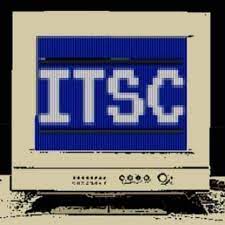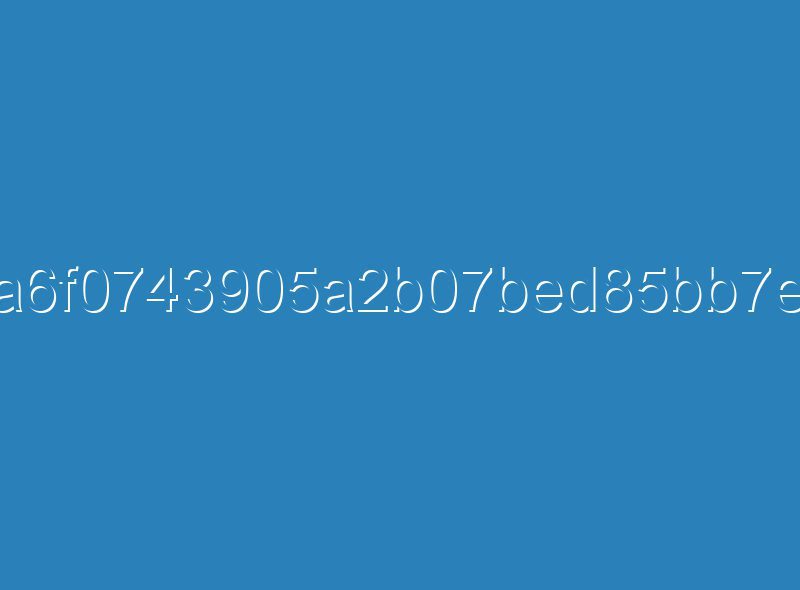
The Social Media Shift in Education
In the past, students relied on classrooms, textbooks, and tuition centers for knowledge. However, YouTube and Instagram have become substitute learning platforms in the modern era. From math tutorials to personal development tips, these platforms are transforming the way students acquire knowledge. The question is no longer whether students use social media for education—it’s why students turn to YouTube and Instagram for learning in the first place.
Accessibility: Free Learning at Your Fingertips
One of the biggest reasons students flock to these platforms is accessibility. Unlike coaching centers or online courses that often come with a fee, YouTube and Instagram provide free, on-demand content.
- YouTube features long-form lessons, seminars, and subject breakdowns.
- Instagram offers bite-sized reels, infographics, and quick tips.
 Example: Khan Academy on YouTube provides world-class lessons on math, science, and history—completely free.
Example: Khan Academy on YouTube provides world-class lessons on math, science, and history—completely free.
Relatable and Engaging Content Creators
Traditional classrooms can sometimes feel formal and rigid. On the other hand, edu-influencers often explain concepts in a friendly, peer-like manner. This relatability makes learning less intimidating and more engaging.
Students enjoy watching influencers who:
- Break down difficult topics into simple explanations.
- Keep your audience engaged through humor, graphics, or storytelling.
- Share real-world applications of academic knowledge.
 Recommended video: Ali Abdaal – How to Study for Exams
Recommended video: Ali Abdaal – How to Study for Exams
Flexibility and Micro-Learning
Another reason why students turn to YouTube and Instagram for learning is the ability to access information anytime, anywhere. With micro-learning—short, focused lessons—students can:
- Revise during commutes.
- Learn a new skill in short breaks.
- Rewatch and pause until a concept clicks.
This flexibility matches modern lifestyles and shrinking attention spans.
Wide Subject Variety
The range of learning opportunities is enormous:
- STEM Subjects: Physics, chemistry and coding tutorials.
- Languages: English grammar, spoken practice and foreign language basics.
- Creative Arts: Music, design, photography, video editing.
- Life Skills: Finance, productivity, mental health.
 Example: Physics Wallah on YouTube helps millions of students in India prepare for competitive exams.
Example: Physics Wallah on YouTube helps millions of students in India prepare for competitive exams.
Entertainment vs. Education: The Balance Issue
While these platforms are powerful, they also provide a challenge. The same feeds filled with educational videos also overflow with entertainment reels, memes, and distractions.
- Risk of distraction: Algorithms prioritize entertainment.
- Misinformation: Not all creators are experts.
- Overconsumption: Hours of scrolling may reduce productivity.
 The solution? Mindful content curation. Students should subscribe to trusted edu-creators and organize playlists to stay focused.
The solution? Mindful content curation. Students should subscribe to trusted edu-creators and organize playlists to stay focused.
The Benefits of Learning from Influencers
- Cost-effective: Free content reduces financial barriers.
- Visual storytelling: Helps in better memory retention.
- Practical application: Many skills can be applied instantly.
- Self-paced learning: Replay until you understand fully.
 Recommended video: Kurzgesagt – The Power of Learning
Recommended video: Kurzgesagt – The Power of Learning
Practical Tips for Students
To make the most of YouTube and Instagram as learning platforms:
- Follow verified edu-influencers in your subject area.
- Save and organize videos into subject-specific playlists.
- Set clear goals (e.g., “watch two tutorials daily”).
- Cross-check facts with textbooks and credible websites.
- Use tools like Notion or Google Keep for note-taking.
Final Thoughts: Why Students Turn to YouTube and Instagram for Learning
Students turn to YouTube and Instagram for learning because they offer accessibility, relatability, variety, and flexibility unmatched by traditional classrooms. However, mindful usage is key to ensuring that education doesn’t get lost among entertainment.
When used wisely, these platforms are not just distractions—they are digital classrooms of the future.
Also Read: The Educational Power of Social Media
The post Why Students Turn to YouTube and Instagram for Learning first appeared on TechToday.
This post originally appeared on TechToday.

